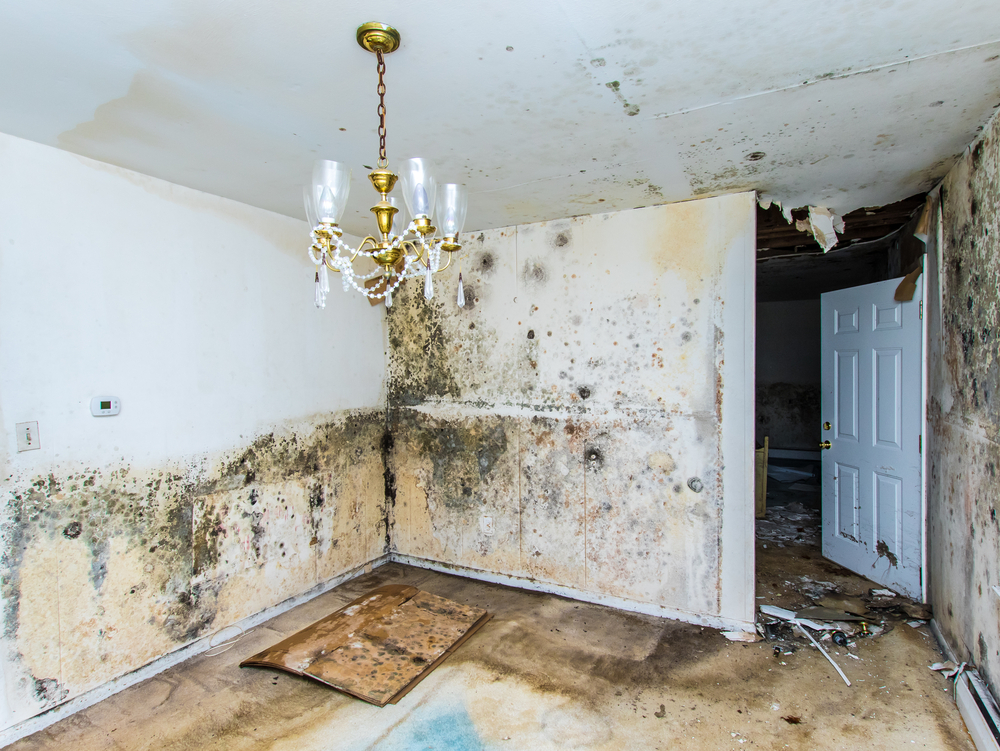How to spot signs of damp and mould
If left untreated, damp and mould in your home can cause deep-seated problems which are expensive to rectify and could be detrimental to your physical health. For the very young and the very old, damp in a property can cause or worsen respiratory problems such as asthma, bronchitis or allergies due to inhaling fragments or spores.
If you find that your health is worsening, it could be that your home is having damp issues. If this is the case then you need to immediately call your landlord (if you are in rented accommodation) or search for a local commercial damp treatment company to assess the property properly and suggest remedial work. If you catch it early enough it should not be too expensive.
Contents
What causes damp?
There are a number of factors that cause damp, and some of them can be solved quite quickly and easily. For example, if you live in a property which has poor ventilation, this could lead to a build up of condensation. This can be particularly prevalent in kitchens and bathrooms, but can also occur in rooms where you may be hanging clothes to dry and there are no windows open.
In these circumstances damp can usually be solved quite easily by leaving windows slightly open to allow for better ventilation and avoiding putting wet clothes on radiators – invest in a clothes horse instead.
Damp may also be coming in from leaking pipes or broken fixtures. Again, contact your landlord, or call in a plumber if you suspect that you have a leaky pipe.
Other sources of damp include water penetrating from outside. Rising damp tends to occur when groundwater seeps through the external walls, alternatively it can affect higher floors if you have structural leaks in the roof, gutters, and window frames.
If you are not sure what the signs of damp and mould are, the descriptions below will give you an idea of what to look out for.

A musty smell
One of the first signs of damp in your home – and one which often appears before any visible manifestation – is the smell. While it might just be a mild damp smell to start with, over time, it becomes pervasive and distinctive. It is unpleasant because it does get up your nose and could herald the onset of breathing difficulties, particularly if you are physically vulnerable.
Stains and discolourations
As water seeps through into walls, it will cause a visible change to the colour of your walls. It is not just the damp that causes a colour change, but it can also cause brownish or yellowish patches as it passes through the walls and picks up debris along the way.
If the wet patches are creeping up from ground level, chances are this is caused by rising damp. If they are coming in around window or door frames, or through external walls in upstairs rooms, then it is more likely to be caused by broken gutters or faulty windows and doors.
Mould often grows on these wet patches, and manifests itself as dark powdery spots. This is a sign of quite advanced damp. The mould consists of spores that get released into the atmosphere, and it is these spores that cause respiratory problems.
As the damp spreads across your home, it will creep into paintwork and under wallpaper, causing it to bubble, crack or peel off.
Keep your heating on low
With rising energy prices, thousands of people are electing to switch off their heating to save some money. This is the worst thing you can do. If you want to be more economical with your heating, keep it on for longer but at a lower temperature. Consistency is key to maintaining a warmer environment in which damp does not have the opportunity to develop.

